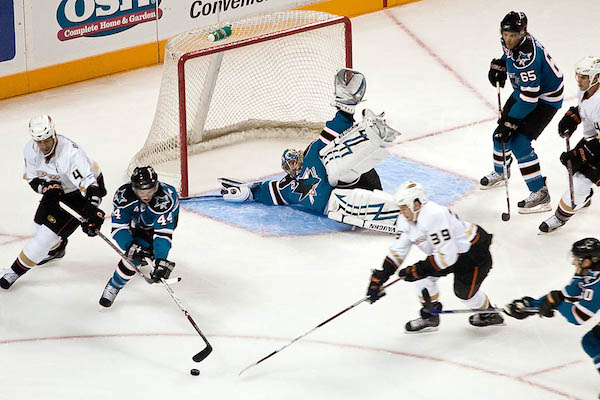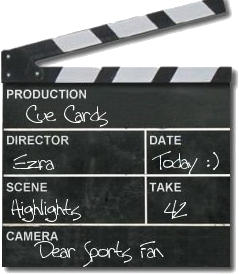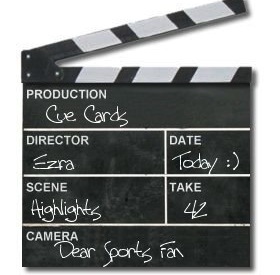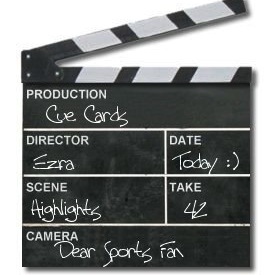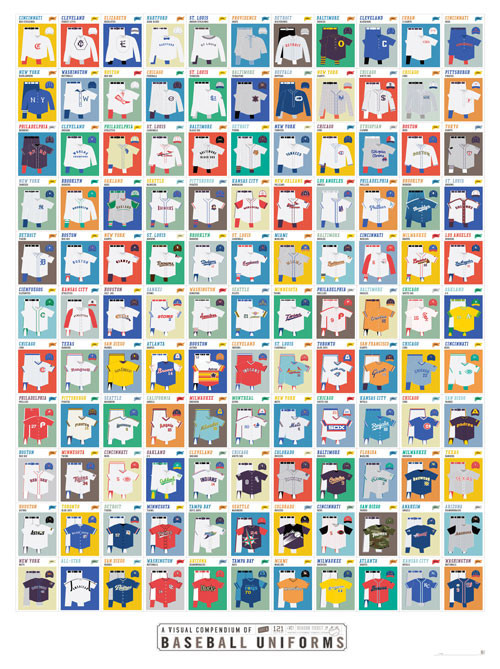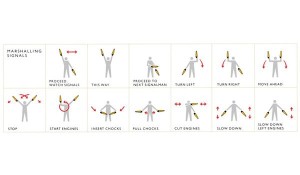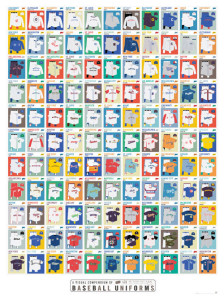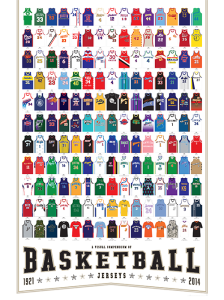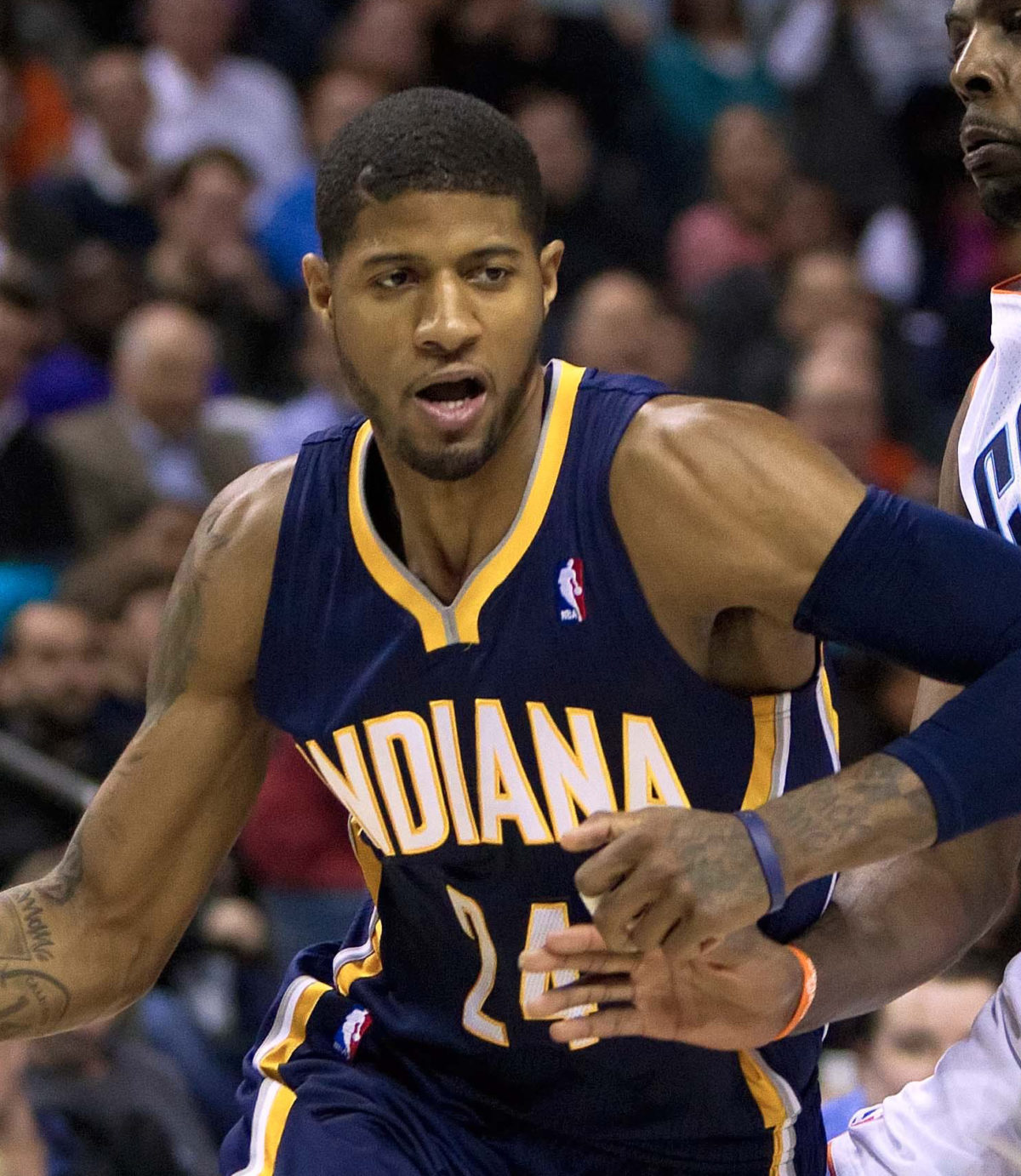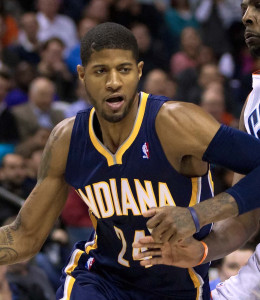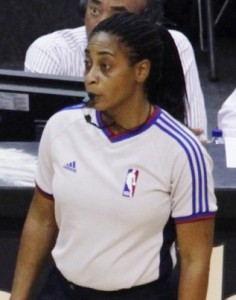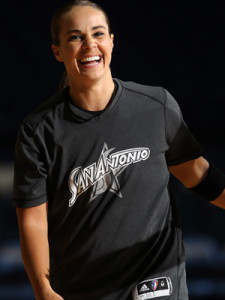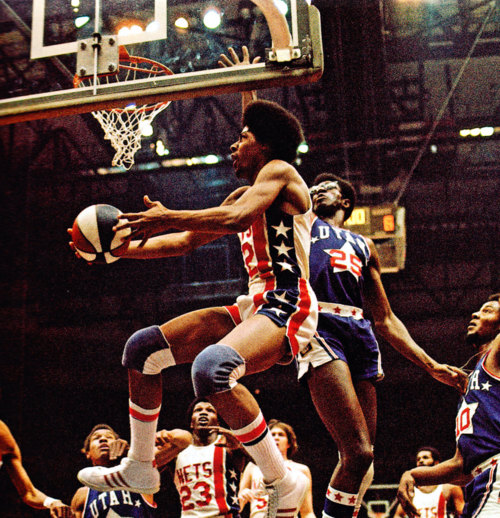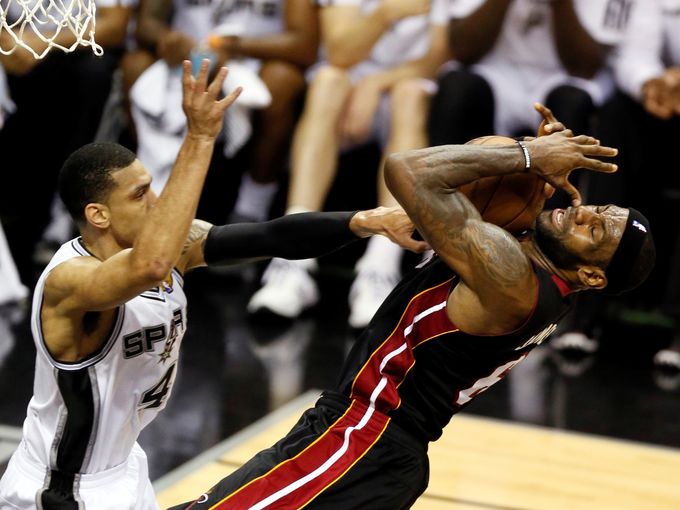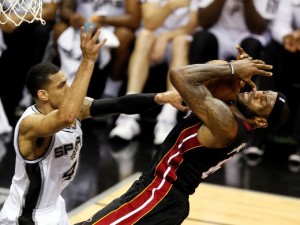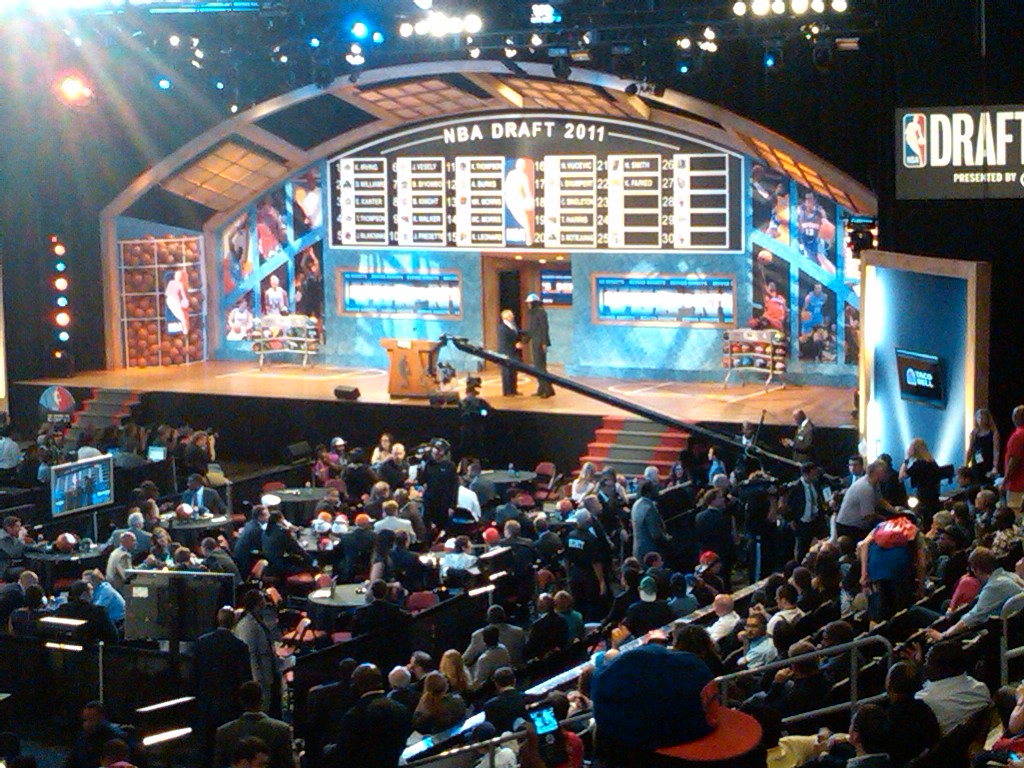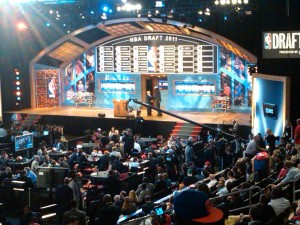Dear Sports Fan,
Sports seasons are so long — how can anyone get excited at the very start? It’s going to be at least six months until the playoffs in most sports.
Thanks,
Jan
— — —
Dear Jan,
The start of a season is exciting for many reasons and only a few of them have to do with making the playoffs. You’re absolutely right about how long sports seasons are. Take the National Hockey League (NHL) which is starting tonight. The NHL regular season is 82 games. It starts in early October and ends in mid-April. That’s a long, long time and a lot of games! The National Basketball Association plays the same number of games. Baseball plays 162 or roughly twice the number. Football is the outlier here with relatively short seasons — 16 games in the National Football League and around 12 for college teams. Setting football aside, the first few games for a baseball, basketball, or hockey team don’t actually mean very much in terms of their eventual record and qualification for the playoffs. A fan’s excitement for and enjoyment of the start of the season can’t be measured in wins and losses but it can be described. Let’s give it a shot.
Saying hello to old friends and meeting new ones
Part of following a team is getting to know the players on the team. The players on your favorite team or even their biggest rivals[1] become like characters on a long-running sit-com. You learn their quirks. You cheer with them when they celebrate and you share their anger and frustration when the team is down. You track their various injury rehabilitations with bated breath. You might even wear a shirt with their name on the back. Players on your favorite team feel like an extension of your social circle in a weird way. The start of a season in sports is a little like the start of a season of a television show you really like or a new book in a series you love. You can’t wait to drop back in on their lives to see how they’re doing, if they’ve grown a funny beard, lost weight, gained weight, changed in any way. As a Penguins fan, I look forward to dropping back in on Sidney Crosby’s life just as much as I look forward to seeing what’s up with Lady Mary as a Downton Abbey fan.
Teams never stay the same from one season to a next. Players are traded, retire, or become free agents and move to another team. The first games of the season are your first chance to meet the new guys or gals on the team you follow. Some of them are players you know from other teams in the league. This can be great if you’ve always grudgingly respected their play. It can be challenging if you’ve always (sports) hated them and now you have to find a way to root for them. Rookies or players who have moved up from the minor leagues are always exciting to meet because their potential is unknown and therefore theoretically limitless.
Returning to ritual
Watching sports is also an important part of many fan’s social lives. Whether you go to games in person, watch them in a bar, or at home, watch them alone, with a partner, or with friends, watching and rooting can be a big part of a sport’s fans life. The start of the season means a return to social settings that you haven’t had access to during the offseason. It’s like the end of summer when you were a kid and all your friends got home from summer camp or the end of a long sustained period of craziness at work that allows you to rest, relax, and actually meet a friend for a drink instead of just heading home to rest up for the next day.
I have friends that I know I’m going to hear from ten times more during a particular sports season than I would otherwise. It’s great!
Getting a feel for your team
The first few games of a hockey, basketball, or baseball season may not have much of a statistical effect on their outcome for the year but that doesn’t mean fans don’t watch them attentively to get a feel for how their team might do. If you root for a team that just won a championship, you’re looking for evidence of the lethargy that often infects teams after they win. If you’re like most of us and you root for a team that did well but didn’t win the championship last year, you’re looking to see if the team has improved or taken a step back. How has a new coach affected the team’s play? How well are new players integrated into the team? Which players have improved? Which have lost a step? If you root for one of the worst teams in the league last year, the first few games may be your only time of true hope during the year.
Truthfully, the first few games probably can’t shed too much light on what the season will hold for your team, but that won’t stop fans from trying!
Enjoy the start of the season,
Ezra Fischer
- note the outpouring of sincere love from Red Sox fans for the departing Derek Jeter↵

